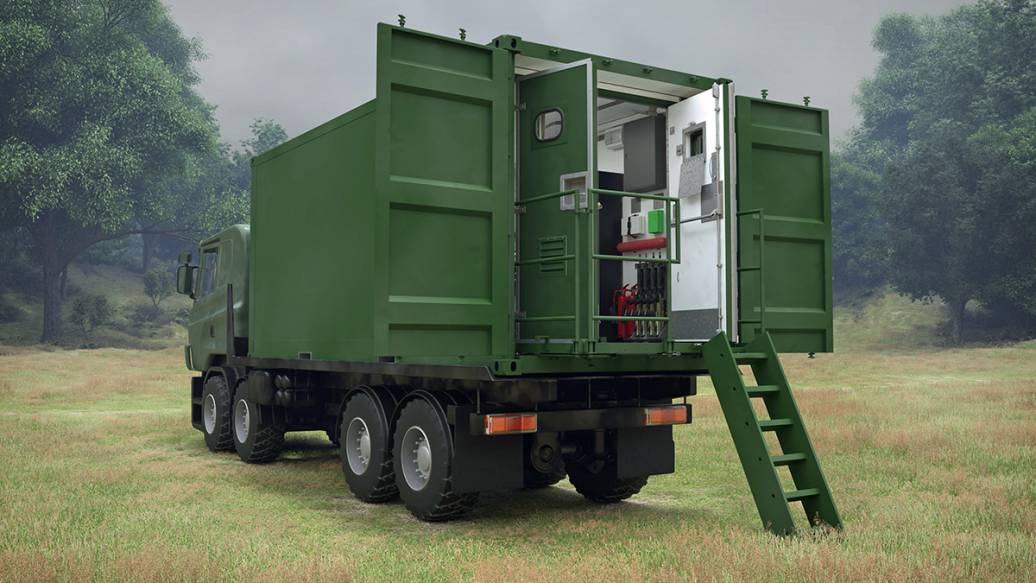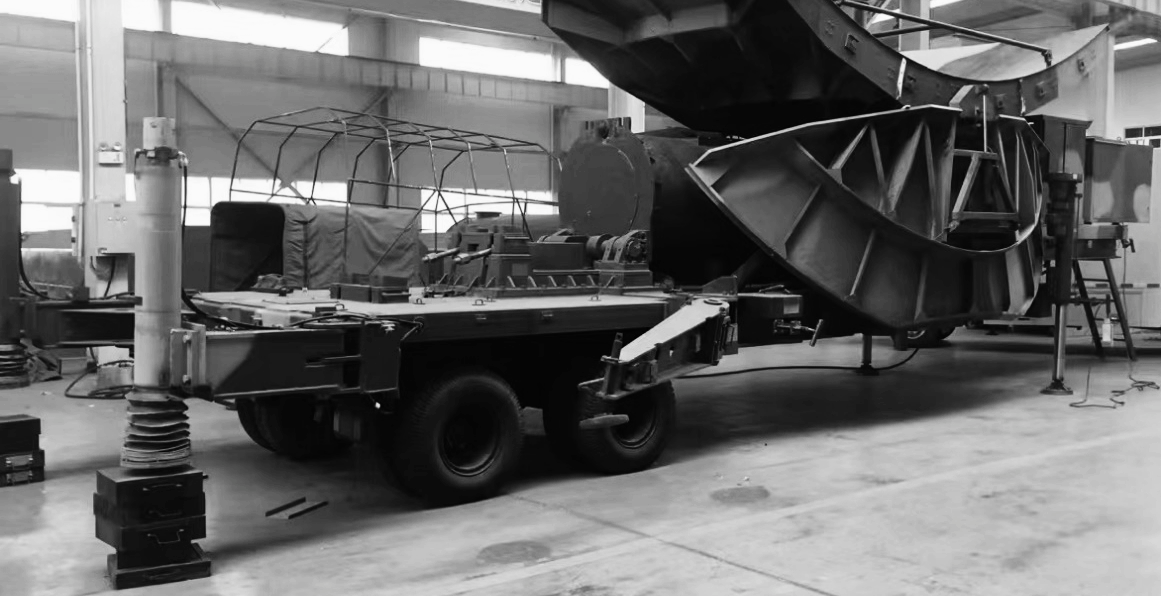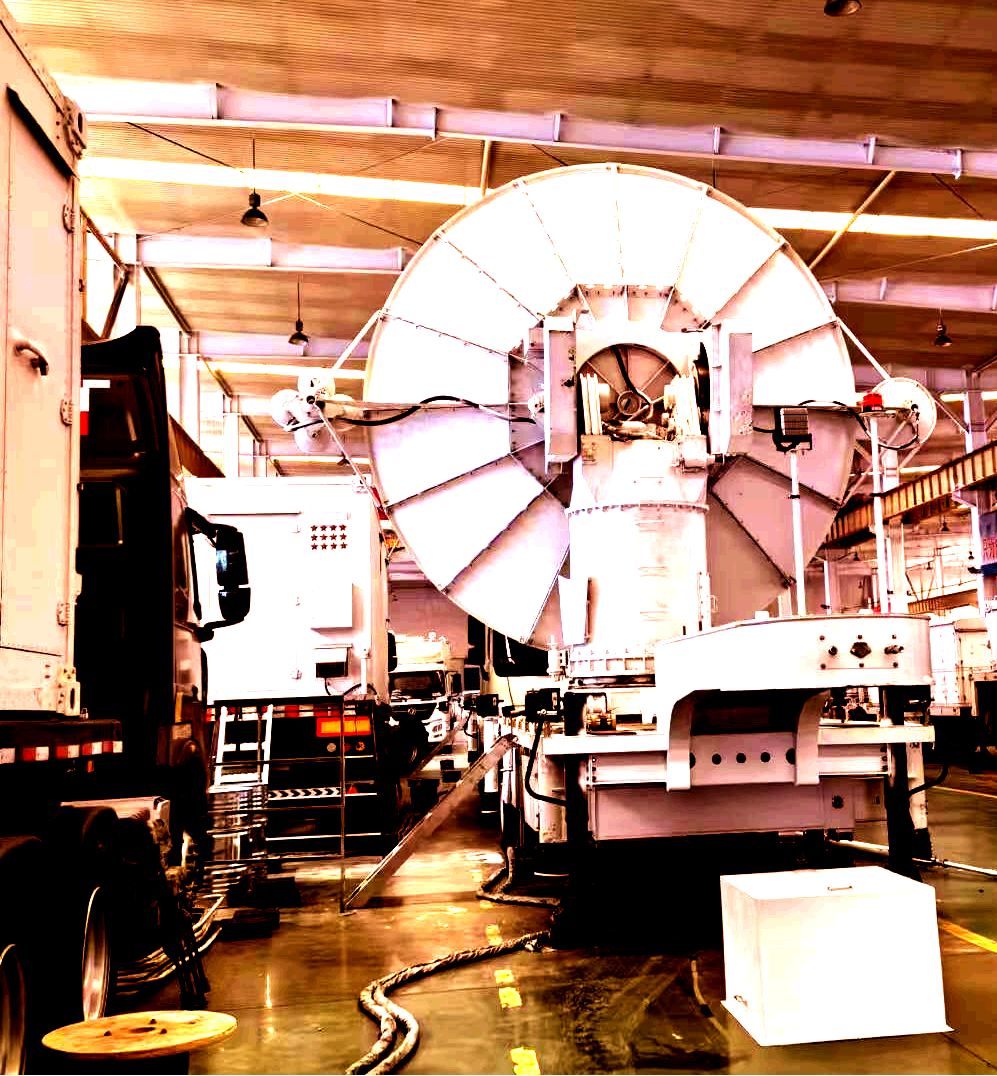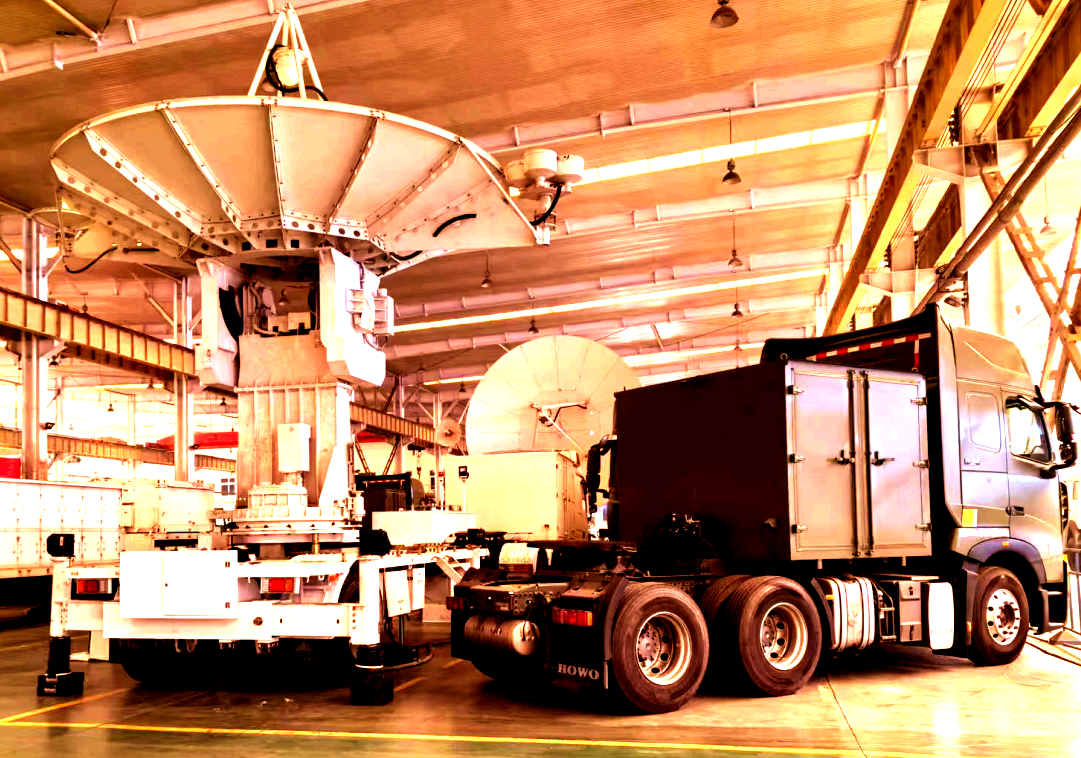
In The Era Of Low-Orbit Satellites, Can Vehicle-Mounted Platforms Replace Fixed Ground Stations?
Publish Time: 2025-07-08
With the rapid development of satellite communication technology, the demand for mobile satellite communications is growing. As a core equipment integrating satellite signal reception, target tracking and rapid deployment, the medium-caliber vehicle-mounted satellite ground platform has demonstrated unique advantages in emergency communications, military reconnaissance, distance education and other fields with its mobility, efficiency and reliability. This article will systematically analyze the technical connotation and practical value of the platform from three dimensions: technical architecture, performance characteristics and application scenarios.I. Platform technical architecture and core systemBased on modular design, the medium-caliber vehicle-mounted satellite ground platform integrates four core systems: power supply and distribution, leveling, hydraulic pressure, and antenna servo feed, forming a technical system of "full airspace coverage + rapid response".1. Power supply and distribution system: the center of energy managementAdopting a dual redundant power supply architecture, integrating diesel generator sets and lithium battery energy storage modules, it supports continuous power supply in extreme environments from -40℃ to +60℃. Through the intelligent power management unit (PMU), dynamic matching of power generation, energy storage and load is achieved to ensure that the system can work continuously for more than 72 hours under off-grid conditions. For example, when performing tasks in unmanned areas on the plateau, the system can automatically switch to energy storage mode to prioritize the power needs of antenna servo and communication equipment.2. Leveling system: basic support for millimeter-level accuracyBased on six-degree-of-freedom hydraulic leveling technology, through high-precision tilt sensors and closed-loop control algorithms, automatic calibration of the vehicle level of ≤0.1° can be completed within 10 minutes. Its innovation lies in the use of the "pre-leveling + dynamic compensation" mechanism. Even if the vehicle is parked on a 5° slope, the telescopic adjustment of the hydraulic legs can still ensure that the verticality error of the main reflector surface of the antenna is ≤0.05°, providing a stable physical basis for signal reception.3. Hydraulic system: the core of power transmissionIntegrated high-pressure gear pumps and proportional servo valves drive the antenna to flip, fold, fall and lift platform movement. The hydraulic cylinder is made of aviation-grade aluminum alloy, and with the self-lubricating technology of the sealing ring, it can achieve leakage-free operation in a low temperature environment of -30℃. Taking a parabolic antenna with a diameter of 7.3 meters as an example, the hydraulic system needs to withstand a lifting force of more than 20 tons, and at the same time ensure that the movement speed error is ≤2% through pressure feedback control, so as to achieve a "one-click" rapid conversion from transportation state to working state within 10 minutes.4. Antenna servo feed system: the "eye" of signal captureUsing a two-axis (azimuth/pitch) or three-axis (azimuth/pitch/polarization) servo control architecture, combined with an inertial navigation unit (IMU) and a satellite beacon tracking algorithm, it can achieve full airspace capture of S-band (2-4GHz) and X-band (8-12GHz) signals. The feed network realizes continuous adjustment of the polarization angle through a waveguide rotary joint, and cooperates with a low-noise amplifier (LNA) and a downconverter to expand the dynamic range of the received signal to -120dBm to -60dBm, meeting the signal tracking requirements of low-orbit satellites (LEO) under high-speed movement.Ⅱ. Platform performance advantages and technological breakthroughs1. Balance between mobility and deployment efficiencyThe antenna structure adopts a "folding + lodging" composite design, and the height can be compressed to less than 3.5 meters during transportation, meeting the height limit requirements for road transportation. The truss structure is optimized through finite element analysis, and the weight of the vehicle is controlled within 15 tons while ensuring the rigidity of the antenna, which is suitable for standard military truck chassis. Actual measured data shows that it only takes 8 minutes and 30 seconds from parking to completing the antenna deployment and locking the satellite, which is 300% more efficient than the deployment of traditional fixed ground stations.2. Full airspace coverage and dynamic tracking capabilityThe antenna beam width covers ±60° azimuth and ±30° pitch angles. Combined with the angular velocity (≥30°/s) and angular acceleration (≥60°/s²) indicators of the servo system, continuous tracking of flying targets (such as drones and high-speed ballistic bodies) can be achieved. In a military exercise, the platform successfully captured and tracked an aerial target at a speed of Mach 5, with a signal interruption time of ≤0.5 seconds, verifying its dynamic response capability.3. Environmental adaptability and reliability designThe three-proof coating and dust filter can withstand sandstorms and rainstorms at an IP67 protection level. The hydraulic system is equipped with an automatic heating module to ensure that the viscosity of the hydraulic oil meets the startup requirements under extremely cold conditions of -45°C. Verified by HALT (Highly Accelerated Life Test), the platform's mean time between failures (MTBF) exceeds 5,000 hours, and the life of key components is more than 10 years.III. Typical application scenarios and practical cases1. Emergency communication: Rapid establishment of a "lifeline" after a disasterIn an earthquake rescue in 2023, the platform arrived at the disaster area within 4 hours after the earthquake, established an emergency communication link through an X-band satellite, and provided voice, data and video transmission services to rescue teams within a radius of 30 kilometers. Its automatic satellite alignment function eliminates manual debugging errors and ensures continuous and stable operation in an environment with frequent aftershocks.2. Military reconnaissance: real-time monitoring of dynamic targetsReconnaissance vehicles equipped with this platform can accompany armored forces and transmit battlefield situation images in real time through S-band radar. In a cross-regional exercise, the system successfully tracked and identified a simulated enemy drone group 200 kilometers away, providing key intelligence support for command decision-making.3. Distance education: resource coverage in remote areasIn an education project in an African country, the platform transmits high-quality urban courses to grassland mobile schools synchronously through Ku-band satellites. Its automatic tracking function can cope with satellite orbit drift, ensuring more than 3,000 hours of uninterrupted teaching services each year, benefiting more than 100,000 students.IV. Technology development trends and challengesIn the future, medium-caliber vehicle-mounted satellite ground platforms will evolve in the direction of "intelligent + lightweight":Tracking and star-tracking algorithm: Through program tracking, guided tracking, single pulse self-tracking and other capture strategies, the star capture time is shortened to less than 5 seconds.Carbon fiber composite materials: Replace traditional metal structures, reduce antenna weight by 40%, and improve vehicle mobility.Modular integration of RF and communication: integrated design of measurement and control digital transmission baseband, frequency converter, and gigabit communication module to build a high-speed, high-security, and high-stability vehicle-mounted satellite ground platform system.However, technology iteration still faces challenges: for example, the frequent switching of low-orbit satellite constellations requires the improvement of the servo system response speed; material fatigue problems in extreme environments need to be verified by simulation and testing.The medium-caliber vehicle-mounted satellite ground platform has become an important infrastructure in the field of satellite communications with its core advantages of "mobile deployment, full airspace coverage, and highly reliable operation". With the development of emerging technologies such as 5G+ satellite integration and space-based Internet, the platform will play a more critical role in the global information network, providing human society with "ubiquitous, always online" connectivity capabilities.




